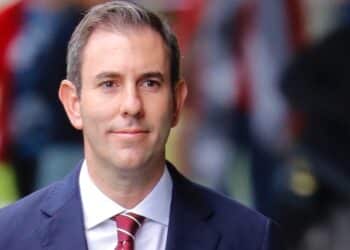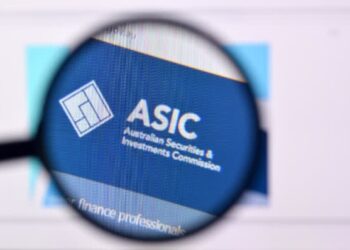The SMSF Association has tabled a total of 18 recommendations in a newly published submission to Treasury, which outlines key concerns relating to the Commonwealth government’s proposal to double the concessional tax rate for super balances exceeding $3 million, from 15 per cent to 30 per cent.
Notably, Recommendation 4 calls for the Commonwealth government to provide authorised financial advisers, SMSF accountants, and administrators with access to “essential client superannuation reports and information”.
At present, access to the information is limited to registered tax agents.
The information includes a client’s total superannuation balance (TSB), transfer balance account, transfer balance cap, contribution history, and cap records.
“Clients may be able to access this information via their MyGov account. However, not all clients have access to this service, want to sign up to this service or have the capability to do,” the association noted in its submission to Treasury.
“The need for access to timely and accurate data is fundamental to the advice and services provided to clients by financial advisers and SMSF accountants and administrators.
“This is an issue that was identified with the 2017 Fair and Sustainable superannuation reforms. This issue has not yet been resolved and costs for getting it wrong can be very high.”
The SMSF Association acknowledged that advisers and other professional services practitioners are already “experiencing significant issues servicing and advising their clients”.
Calls for an extended consultation period
The core focus of the SMSF Association’s submission, however, was the Albanese government’s current tax calculation model, which proposes to use movements in a TSB to assess taxable income.
According to the industry body, this model is “unjust” and would not generate a “true, fair, or equitable” reflection of a member’s tax obligations.
“The use of an individual’s TSB for the calculation of tax liabilities captures items that are not otherwise taxable,” the industry association noted in its submission.
“It also will capture taxpayers whose actual member account balances sit below the proposed threshold but are captured through the operation of current TSB rules.”
The association went on to describe the model as “arbitrary”, given the TSB is “merely a point in time measure”.
“For example, where the share market experiences a short-term bump, such as that which might be experienced at the end of a financial year,” the submission noted.
Moreover, the proposed model could tax members twice, with the current calculation including tax refunds invested in the fund.
“Tax refunds represent a return of overpaid tax, rather than income earned by the taxpayer,” the SMSF Association noted.
“As such, they are excluded from the calculation of assessable income. They are, however, included in the calculation of a member’s interest in a superannuation fund.
“Taxes will therefore be inherently included in the model proposed and calculation of earnings.”
Non-taxable accounting adjustments or provisions made in the superannuation fund accounts have also been raised, with the SMSF Association stating they can “directly impact the value of a member’s interest in the fund”.
In light of these concerns, the SMSF Association has recommended (Recommendation 2) another formal consultation process be undertaken ahead of the publication of exposure draft legislation for the proposed reforms.
The association’s chief executive officer, Peter Burgess, said the “extremely short” consultation period announced by the government — which concluded on Monday, 17 April — did not provide stakeholders with enough time to assess the implications of the proposal.
“Through engagement with our members, stakeholders, and other industry groups, we are seeing new concerns arise daily, and the limited consultation period has not allowed sufficient time to properly consider the impacts and identify the unintended consequences,” he said.
Other recommendations outlined by the SMSF Association in its three-part submission include:
- alleviating the regulatory burden, and the associated costs added across the sector for all stakeholders (Recommendation 3);
- excluding, from the proposal, the value of a limited resource borrowing arrangement (LRBA) included in a member’s TSB, as required under Income Tax Assessment Act 1997 (Cth) subsection 307-230(1)(d) and section 307-231 (Recommendation 5);
- wholly excluding unrealised gains, earnings, and withdrawals from structured settlement contribution interests, and total and permanent disability insurance proceeds (Recommendation 6);
- excluding a deceased member’s interest from the proposal (Recommendation 8);
- including contributions made under the small business CGT concession in the definition of “contributions” (recommendation 13);
- including applicable fund earnings (AFE) amounts as “contributions” under the proposed formula (Recommendation 14);
- linking the indexation of the cap to indexation of the general transfer balance cap (Recommendation 16); and
- legislating a legacy pension amnesty prior to the commencement of the proposed model (Recommendation 18).
The Albanese government’s proposed changes, which would apply from July 2025, would reportedly impact 0.5 per cent of superannuation accounts, or roughly 80,000 Australians.
The higher concessional tax rate is tipped to contribute $900 million to the bottom line over the forward estimates and approximately $2 billion in the first full year of revenue after the election.
The announcement of the proposals in February coincided with the release of the 2022–23 Tax Expenditures and Insights Statement, which revealed superannuation tax concessions amount to about $50 billion a year — projected to exceed the cost of the Age Pension by 2050.



